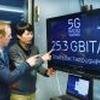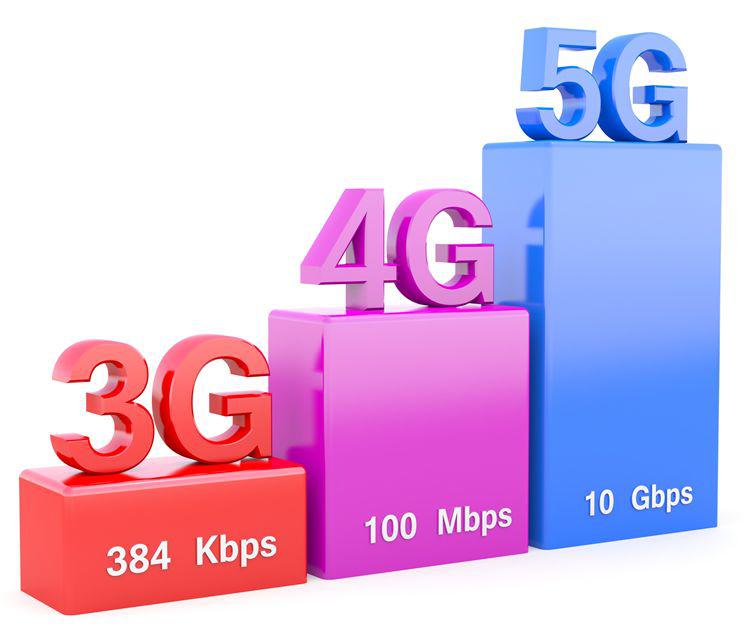KT Corporation (KT) and Samsung Electronics today announced that they have successfully achieved 1Gbps speed over the air using KT’s 5G commercial network deployed in Seoul, which has been providing 5G mobility commercial service from December 1, 2018, in collaboration with Samsung’s Networks Business unit.
KT has used its 5G commercial network using 3.5GHz frequency deployed in Gwanghwamun, Seoul, which comprised of Samsung’s 5G NR end-to-end network solutions including 5G radio and virtual core (vCore) supporting both 4G LTE and 5G simultaneously, and 5G smartphone (Galaxy S10 5G). The two companies have focused on providing end users with real-world outdoor mobile experiences, achieving overall 1Gbps speed on 5G smartphone connected to 5G commercial network.
This has been one of the key accomplishments for the two companies – proving that 5G commercial network is ready to deliver stable gigabit speed for end-users since last December – signifying the impact of 5G commercialization and promising enhanced user experiences in a real outdoor environment.
After KT selected Samsung as the key 5G network solution provider in November 2018, the companies have jointly built the 5G commercial network, on-air already from last December. Since then, the two companies have been focusing on optimizing the 5G network for both wider coverage and exponential data traffic derived by 5G’s higher speed.
As 5G commercial service for end-users is set to arrive this spring, KT announced today that 5G network will be ready for end-user mobility service in 85 cities nationwide including the Seoul metropolitan area by end of March 2019. This includes 5G service coverage expansion throughout a number of major national highway and high-speed railways (KTX and SRT) connecting cities. In addition, it will gradually cover 464 colleges and universities, subways, landmark buildings and parts of mountainous areas.
“KT has shown unparalleled leadership in technology through its 5G trial services in PyeongChang, which led to early 5G commercialization,” said Chang-Seok Seo, Executive Vice President of Network Strategy Unit and Network Group at KT. “Based on our technical expertise and years of experience working on 5G, KT will continue to establish its 5G network across the nation to provide differentiated services to our valued customers in collaboration with Samsung.”
“Samsung and KT will continue to work closely in collaboration to push beyond the limits of today’s technology and offer a glimpse of the revolutionary world led by 5G,” said Jaeho Jeon, Executive Vice President and Head of R&D, Networks Business at Samsung Electronics. “Harnessing our assets and cutting-edge 5G end-to-end solutions, Samsung aims to be at the forefront to push the limits of 5G even further.”
This achievement is a part of an ongoing collaboration between KT and Samsung of many years toward 5G commercialization. The two companies successfully delivered the 5G pilot services during the winter sports games in February 2018, being the first to bring 5G network and device that utilize 28GHz frequency. Leveraging this experience, they succeeded in live video call conducted with Samsung’s 5G network built in USA and Korea (Link), respectively. Further, the companies achieved 5G NR based interoperability test using both 3.5GHz and 28GHz in February 2018 (Link).
These joint efforts have led Samsung to become a major 5G partner of KT in November 2018 and launch 5G mobility commercial service in South Korea on December 1, 2018.


